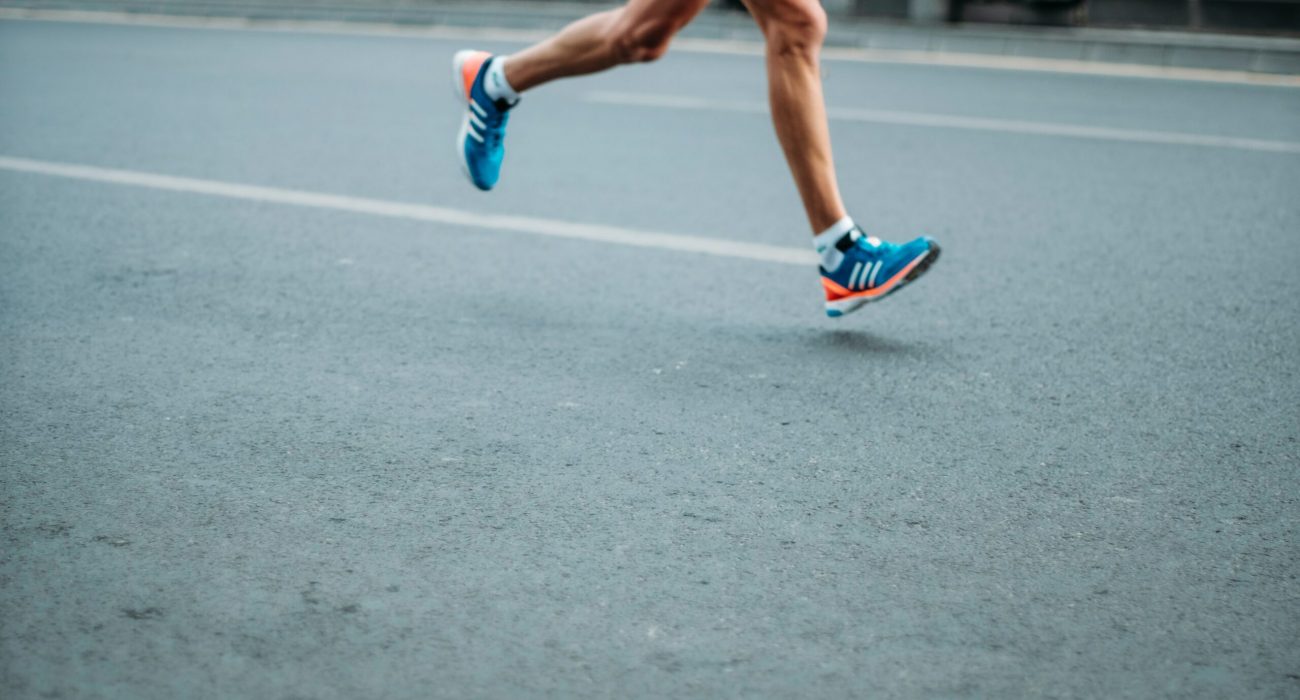Running is one of the most popular sports globally due to it`s health benefits, affordability and convenience. There is a plethora of health benefits to running – it improves our cardiovascular health, boosts our immune system, is good for our mental health and many more. However, running is a repetitive motion and high-impact sport, which can often lead to frustrating and un-relenting injuries.
Any veteran runner can often rattle off a list of injuries they have endured – patellofemoral pain syndrome, Achilles tendinopathy and plantar fasciitis to name but a few. The Australian Sports Commission survey stated that up to 70% of runners will sustain an injury in a 12-month period.
Key Physiotherapy Running Tips to Avoid Injury
1. Build up load gradually
Your body needs time to adapt to running and the biggest training mistake runners make is increasing running distance/ speed too soon and causing injury. When we challenge our running routine by either increasing duration or speed too quickly, we often cause pain and injury (Damsted et al., 2018). Overuse injuries happen as muscles are not prepared for this increase in load.
As a general rule you shouldn`t increase your mileage/ distance by more than 10% per week. This may be even less if coming back from injury or if you are new to running.
2. Include rest
As with any training, it is important that your body has adequate time to recover in between sessions. The tendency we have as runners is sometimes to run more than rest when we want to reach a certain goal. However, rest is essential for your body to recover. Our bodies are in a constant balance of tissue strengthening and tissue breakdown. If runners continue training without adequate rest or recovery, this balance is often tipped towards breakdown which leads to injury.
Rest includes strategies to optimise sleep and scheduling in “rest days” to your program. Adequate rest has been shown to improve performance – meaning that when you are running you will be running more efficiently (Bishop et al., 2008).
3. Strengthen your body
Strength training should be a vital training corner-stone of every runner`s training schedule, as smart strength-training helps to prevent overuse injuries. One large systematic review (Lauersen et al., 2014) showed that strength training halved the amount of overuse injuries in athletes. Runners are endurance athletes, meaning that they gain as much benefit from strength and conditioning training as every other athlete.
Common areas for runners to focus on include calf, glutes, hamstrings and quads strengthening. Good injury rehabilitation is essential following injury to ensure injuries do not become recurrent.
Strength training has also been shown to have a positive effect on running economy. Running economy relates to the steady-state V02 requires at a given speed or in simpler words running economy is the “fuel economy” of the body. Strength-training improves biomechanical efficiency and enhances motor unit recruitment and is supported by a growing body of high-quality evidence (Balsalobre-Fernández et al., 2016). This neuro-muscular efficiency allows the runner to reach greater speeds and prolong time to fatigue.
Strength training includes resistance-based exercise and forms include weight-lifting or clinical Pilates.
4. Footwear
It is important to have appropriate footwear when running and it is recommended to change running shoes approximately every 350-500 miles.
There has been a trend in gravitating away from supportive footwear towards more of a minimalist running shoe. The theory of benefit is that the minimalist shoe allows the muscles in the foot and ankle to strengthen and provide natural support. We advise to make changes gradually and consult with a podiatrist if you are unsure about which footwear is right for you. A podiatrist can conduct a gait analysis and guide you in the right direction.
5. Plan to make running a habit and ENJOY
Like any habit it is important to keep the activity regular and ensure it fits into your life.
Tips to improve consistency include setting realistic goals (this may be a local running event, distance), scheduling your runs into your weekly schedule, finding a route you enjoy, running with a friend, running with your favourite Spotify playlist and celebrating your running milestones!
A specific training plan, unique to your needs and abilities is important and will enable you to reach your goals more effectively. Our Balance North physiotherapists are skilled at running technique assessment and developing specific training/ strengthening plans. Clients do not need to be injured to gain benefit from a running assessment as a physiotherapy session can also help with injury prevention and performance enhancement. Being proactive and smart about your running and training could very likely prevent you getting injured.
Common conditions which present for physiotherapy running assessment include:
Return to running after acute injury or surgery to lower limb
Running overuse injuries (shin splints, knee pain, plantar fasciitis)
Beginner`s guide to running assessment and training plan
Running training planning /programming (for specific goal of event/ timeframe)
Post-natal return to running
Running assessment for sports involved in running
Please reach out to one of our friendly staff if you would like more information on our specialised running assessments.
Happy Running!
References
Balsalobre-Fernández, C., Santos-Concejero, J., & Grivas, G. V. (2016). Effects of strength training on running economy in highly trained runners: a systematic review with meta-analysis of controlled trials. Journal of strength and conditioning research, 30(8), 2361-2368.
Bishop, P. A., Jones, E., & Woods, A. K. (2008). Recovery from training: a brief review: brief review. The Journal of Strength & Conditioning Research, 22(3), 1015-1024.
Damsted, C., Glad, S., Nielsen, R. O., Sørensen, H., & Malisoux, L. (2018). Is there evidence for an association between changes in training load and running-related injuries? A systematic review. International journal of sports physical therapy, 13(6), 931.
Lauersen, J. B., Bertelsen, D. M., & Andersen, L. B. (2014). The effectiveness of exercise interventions to prevent sports injuries: a systematic review and meta-analysis of randomised controlled trials. British journal of sports medicine, 48(11), 871-877.




